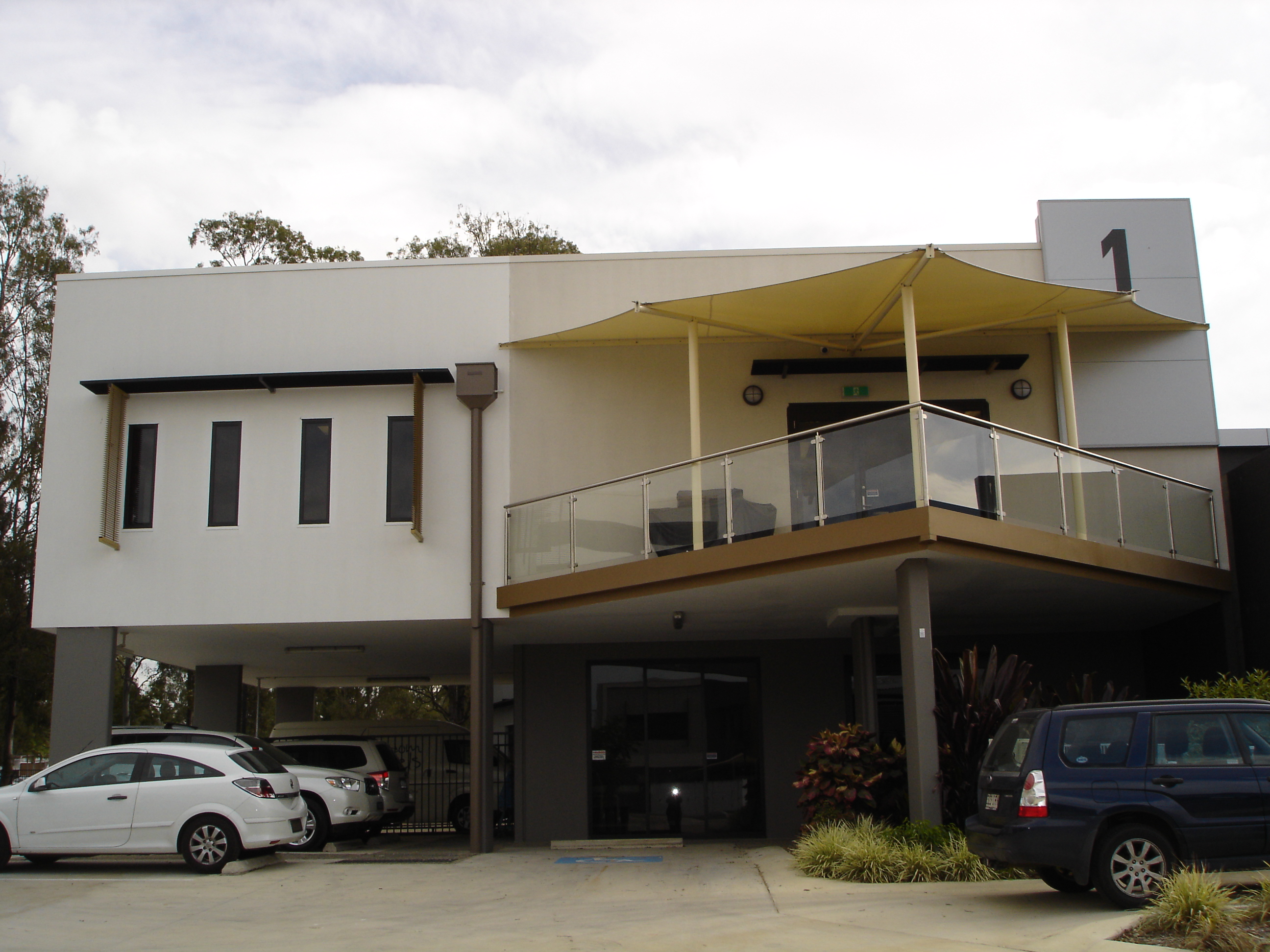Our History
Creating pathways to support independence
About TADQ
TADQ was born in 1981 and it all started with a University Design Contest…
In early 1981 the committee members of Friends of Challinor Aid League (F.O.C.A.L) were concerned about the lack of commercially available aids for people with disabilities and set out to create a contest for students of Queensland University of Technology (QUT).
Each student submitted a design that had to be based on the need of a local resident with a disability, the winner would receive a medal and a cash prize. Once the contest was completed and a winner announced, the members could see a need for this innovative service in order to help others. They researched and and found an organisation called TAD in NSW and collectively TADQ was formed.
See an excerpt from the minutes of the FOCAL committee meeting:
“Following on from the contest, FOCAL resolved to have a design centre established in Queensland to design and construct ‘one off’ types of aids for people with disabilities where satisfactory aids were not commercially available. This took some time, but in due course we became associated with a group of Telecom employees who has a similar objective to ours. Together we brought to Queensland Technical Aid to the Disabled, an organisation operating at that time in Sydney.
TAD’s function coincided exactly with the concept of the FOCAL/Telecom group. In January 1981, after much effort by the FOCAL/Telecom group Technical Aid to the Disabled Queensland (TADQ) was launched at a public meeting, attended by the Queensland Minister for Health and TAD New South Wales Technical Co-ordinator. Challinor Centre and TADQ have established a working relationship.”
About TAD
The concept of TAD (Technical Aid to the Disabled), began in New South Wales in 1981 by an extremely clever and passionate man – George Winston.
George, and Electrical Engineer by trade could see a connection between the skills he had and a need for innovate inventions. He could see the impact not only his skills, but other’s skills could make for so many people living with a disability. So, with drive and determination he developed a team of volunteers who all eventually went on to make TAD a charity organisation.
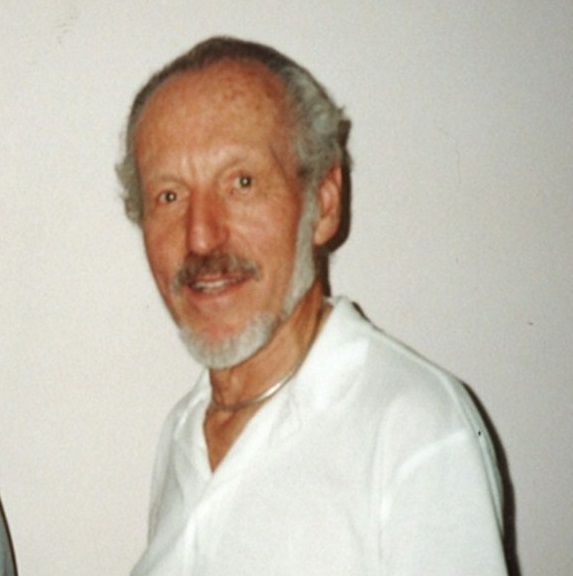
“In 1986 I returned from London feeling a strong need to find a humanitarian outlet for my experience as an electrical engineer. Although I knew no disabled people, I felt that an engineer could make a practical impact on their lives.
A frustrating two-year period followed during which I approached medical people who politely ignored my offers of help, had I know how big the gap was between my offer and the needs of potential clients, I would have given up immediately. Eventually I met the secretary of the Civilian Maimed and Limbless Association (now Access Industries) who introduced me to my first client, Mary Case.
Mary was a polio quadriplegic who needed a high-low bed. This challenged my imagination and with the help of apprentices at ICI, I motorised a hospital bed using an old washing machine motor / gearbox bought from the Salvation Army for $8. The impact on Mary’s life was dramatic, and I knew now that I was on the right track.
I had also learnt of my technical limitations – I could wire up anything, but was hopeless as a fitter, welder and machinist. However, I was good at improvisation and organising others. In the next few months, I was asked to help others with similar needs for specialise equipment, but I was invariably frustrated because I couldn’t do the job using my own skills.
Realising that I needed help, I wrote a letter to the Institution of Engineers Journal, Engineers Australia, which was published in June 1973. Eight engineers responded – two from Melbourne, one from Brisbane and fie from Sydney and this became the nucleus of TAD.
For two years, I co-ordinated TAD projects while doing freelance engineering work in the chemical industry and at the Garden Island navel facility. The ability to delegate to superbly skilled design and workshop people was thrilling, and the quality of the work improved dramatically.
As leaders of the disabled community learned of the fledgling service they encouraged us to form an organisation with a constitution and a committee. We were reluctant, but we agreed because there was a possibility of a grant from the Whitlam government that would allow the group to grow significantly. The South West Sydney Social Redevelopment Committee obtained a $13,000 grant for TAD, and I realised that the opportunity of a lifetime presented itself.
The TAD committee gladly appointment me to pursue this, and an exciting, somewhat terrifying period began. I leaned to recruit volunteers, attract clients, publicise the service and manage projects. My salary had dropped from $13,000 at Garden Island to $9,000 but I was too drunk on adrenaline to worry about it. By that time I was divorced and could live quite modestly.
I continued to be excited for the next twenty years, learning to fundraise, to speak in public, to manage a team, in short to be a CEO. Throughout that time I felt supported by dedicated volunteers and later staff, so that TAD has always been a team.
Our Journey
Our journey began in 1981 where TADQ were able to secure some space at Greenslopes Private Hospital with the Independent Living Centre (now LifeTec). After 15 years, the hospital wanted to expand and build a Doctors wing and so we needed to move on.
In 1995 we managed to rent a lovely house in Bowen Hills, which allowed us to expand our services to provide computer service that refurbished donated computers for re-sale or hire. With the expansion of this program, it left us with very little space, so another move was on the cards.
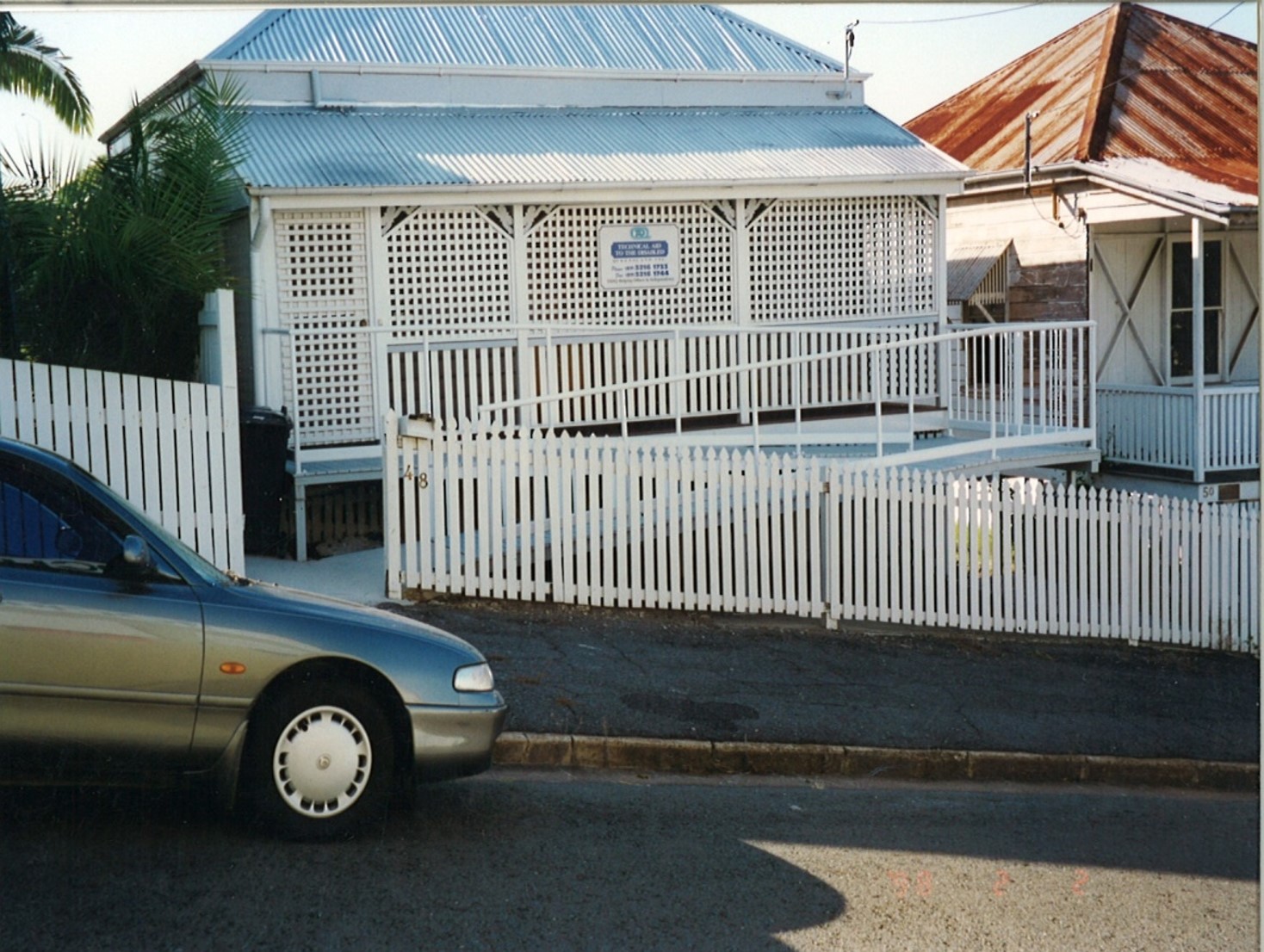
In 2000, 10 Waterloo Street in Newstead become our new home. Having extra space was fantastic and Freedom Wheels was the next program to be born. With an economic boom, we were soon starting to realise that our rent would increase and would soon be unmanageable.
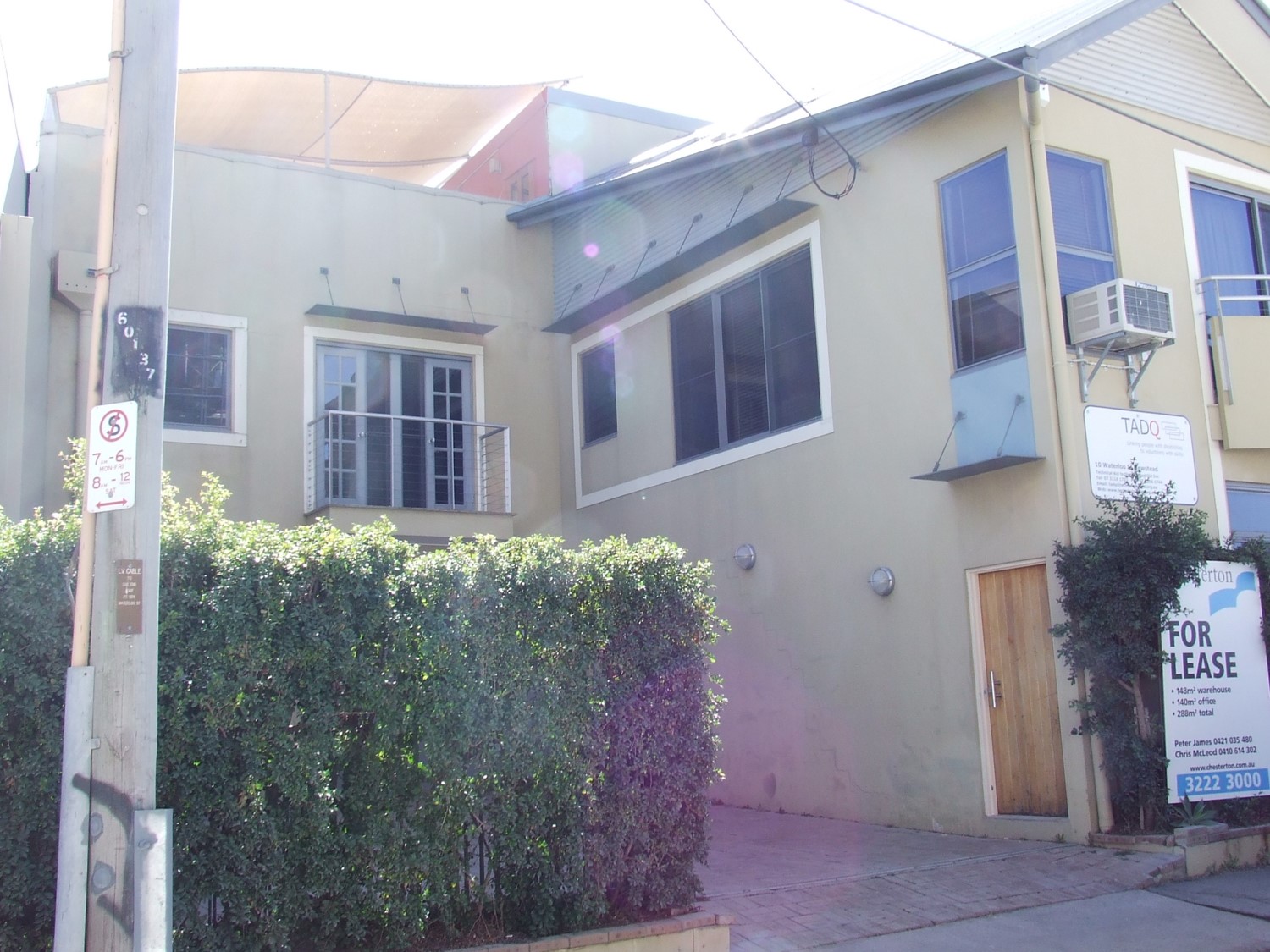
An exciting opportunity came late 2008, when we were successful with some grants and donations as well as some fantastic support from Home and Community Care (HACC) which allowed us to part fund a new building in Banyo, just north of the Brisbane Airport. This building would allow for expansion as well as being designed specifically for us.
In 2009 we moved to our purpose-built unit in Ashtan Place, Banyo. Not only were we the first organisation to move into the units, but we were actually the first unit to be completed, with all other units designed around us. This was a monumental achievement for TADQ and we are so grateful for the opportunities this has given us.
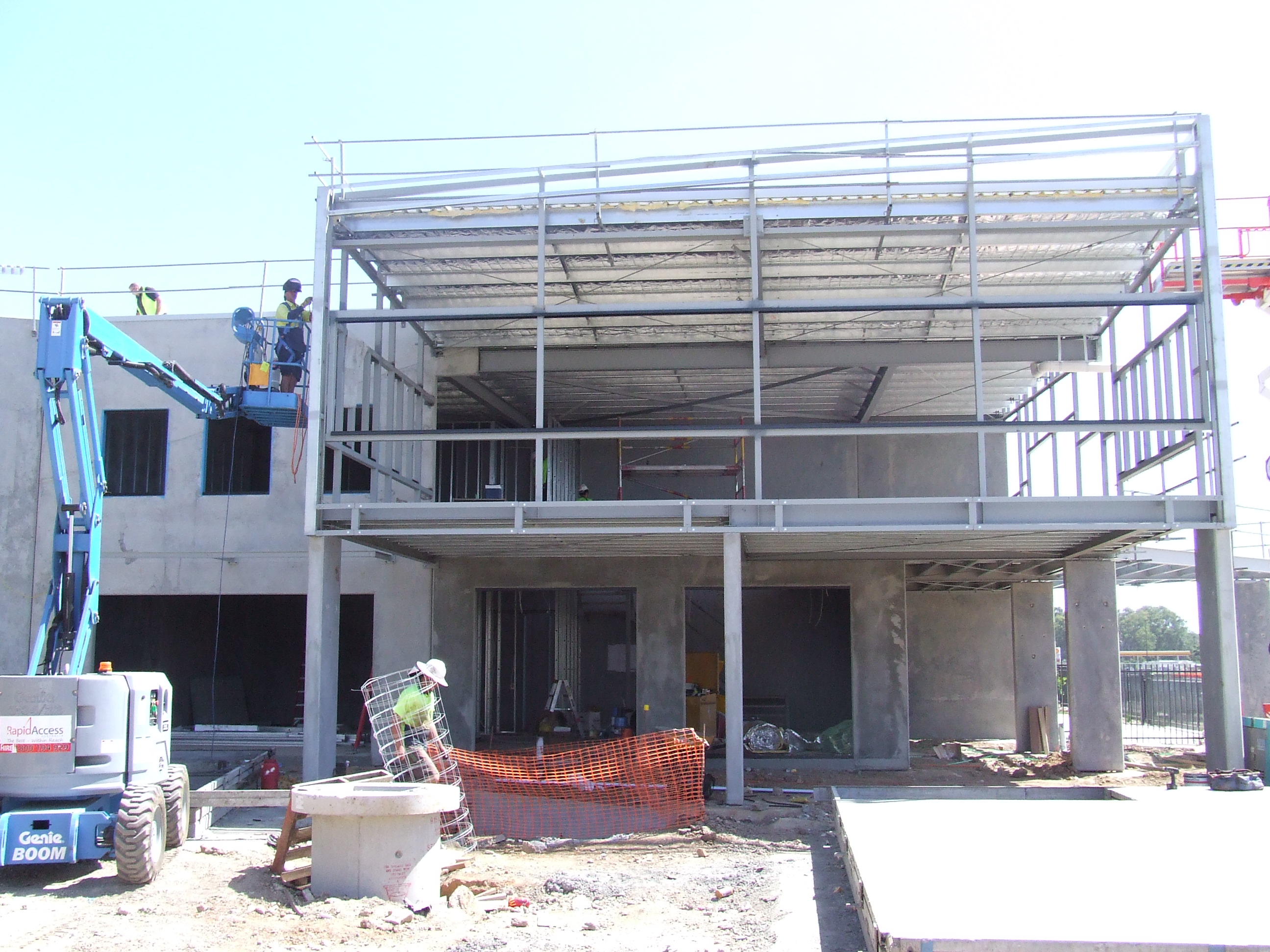
Nine years later, we are still in Banyo and are bursting at the seams with the addition of our three other programs. But one thing remains consistent throughout our journey, the passion and desire to be innovative and make a difference!
